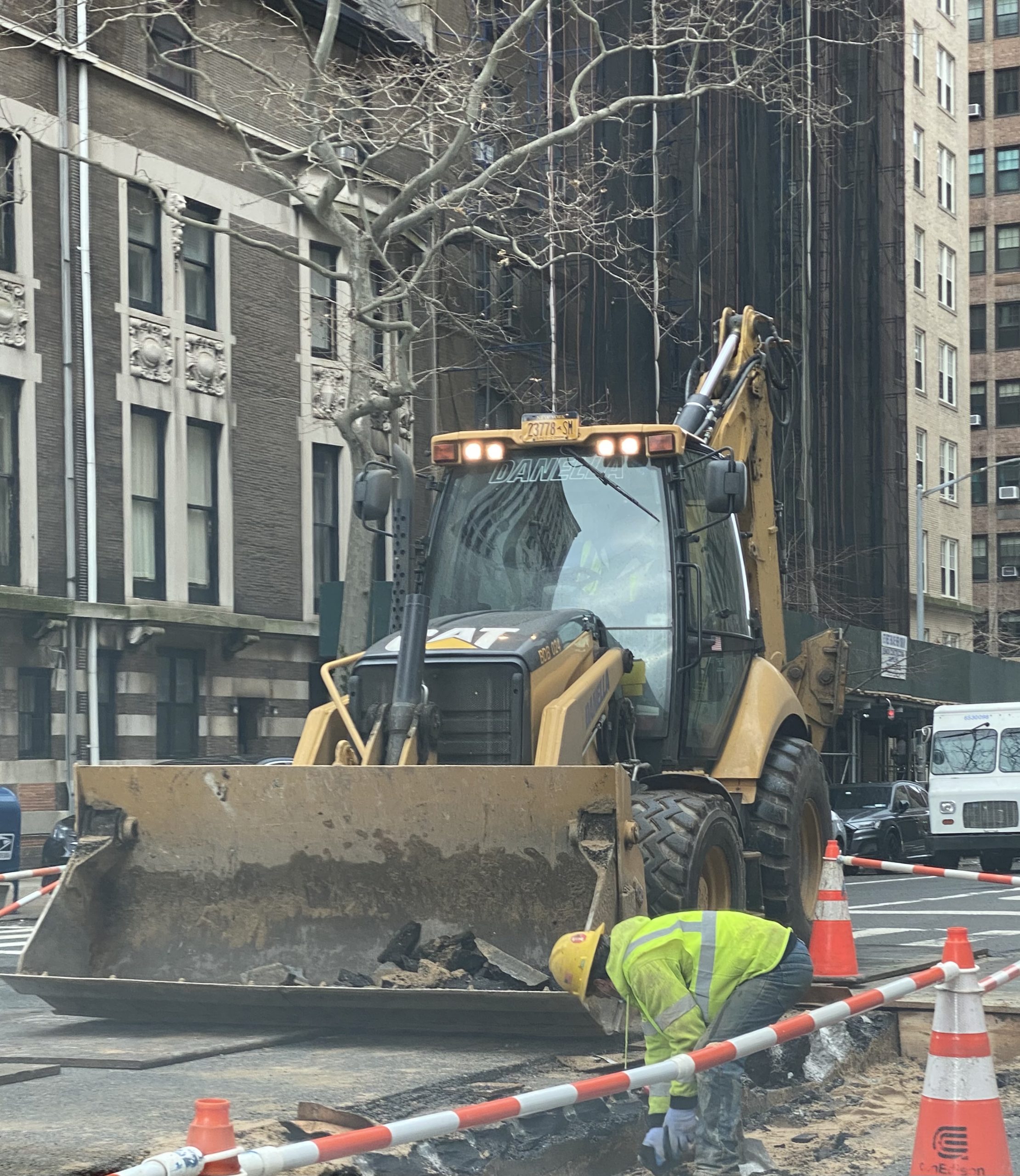Battling the Epidemic: Construction Industry’s High Drug Overdose Mortality
 In the wake of the COVID-19 pandemic, the construction industry faced a crisis that often went unnoticed amidst the chaos of the world. While most were concerned with the virus’s immediate impact, there was another silent epidemic silently plaguing the hardworking individuals in the construction sector – drug overdoses.
In the wake of the COVID-19 pandemic, the construction industry faced a crisis that often went unnoticed amidst the chaos of the world. While most were concerned with the virus’s immediate impact, there was another silent epidemic silently plaguing the hardworking individuals in the construction sector – drug overdoses.
A recent report from the Centers for Disease Control and Prevention (CDC) has brought to the forefront a startling revelation: construction and extraction jobs topped the list with 162.6 drug overdose deaths per 100,000 workers during the first year of the pandemic. This staggering statistic is a wake-up call to the dire state of affairs within the construction industry.
The CDC report also revealed that the drug overdose rate in the United States increased steadily from 1999 to 2020. In 2021, the U.S. drug overdose rate was a shocking 50% higher than in 2019. While provisional data from 2022 showed a 2% drop in drug overdoses from the previous year, the construction industry still remains at the forefront of this crisis.
What is causing this alarming trend, and how can it be addressed effectively? As construction accident lawyers, we believe understanding the underlying factors is crucial in seeking justice and promoting change within the industry.
The CDC report suggests that work-related characteristics play a significant role in the prevalence and management of substance use disorders within the construction sector. Key factors include:
- Prevalence of Workplace Injuries: Construction workers are no strangers to workplace injuries. The physically demanding nature of their jobs often leads to accidents that result in chronic pain, and this, in turn, can lead to the misuse of pain medications.
- Precarious Employment: Many construction workers experience job insecurity, which can create stress and anxiety, potentially driving them towards substance abuse as a coping mechanism.
- Health Insurance Status: Limited access to healthcare and health insurance can hinder workers from seeking necessary treatment for substance use disorders.
- Stress and Lack of Paid Sick Leave: Construction jobs can be highly stressful, and the absence of paid sick leave can force workers to return to work prematurely, exacerbating physical and mental health issues.
- Unique Stressors During COVID-19: The pandemic added a layer of stress to an already challenging profession. Workers faced concerns about their health, financial stability, and job security, which may have led some to turn to drugs as a way to cope.
Breaking down the statistics further, within the construction and extraction occupations, certain jobs bear the brunt of the crisis. Roofers, drywall installers and tapers, and painters had the highest overdose rates. These numbers reflect the harsh reality that workers in specific roles are at even greater risk.
Challenging Work Environment
The construction industry’s unique work environment is a breeding ground for these issues. Daily exposure to ever-changing job sites with potential high-risk safety situations can take a toll on a worker’s mental health. As construction accident lawyers, our concern is not just seeking justice for those affected but also advocating for change within the industry. It is essential for construction companies to prioritize their workers’ mental health and well-being. This includes implementing comprehensive mental health programs, offering support and resources, and fostering a culture that encourages workers to seek help without fear of repercussions. Additionally, addressing workplace injuries, ensuring job security, and providing access to healthcare and paid sick leave are vital steps in reducing the risk of substance use disorders within the construction industry.
The high drug overdose mortality rate within the construction industry is a crisis that demands immediate attention. It’s not just a statistic; it’s a harsh reality for countless workers and their families. As construction accident lawyers, we must continue to fight for justice while working together with the industry to create a safer, healthier, and more supportive environment for all construction workers. Only then can we hope to reverse this alarming trend and prevent further loss of life within this vital sector of our economy.
 New York Personal Injury Attorneys Blog
New York Personal Injury Attorneys Blog


